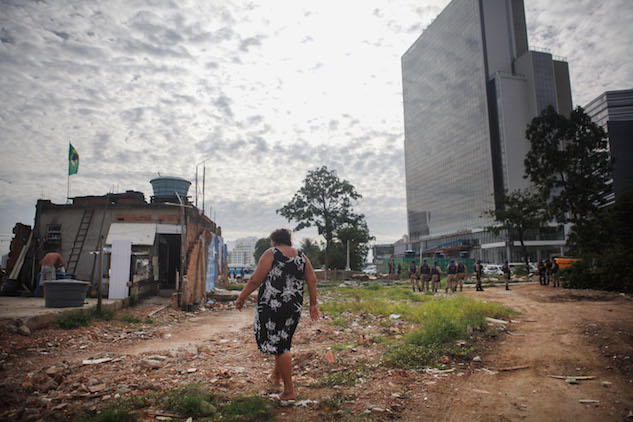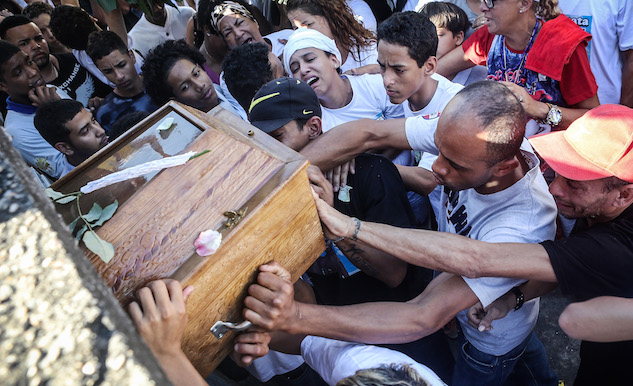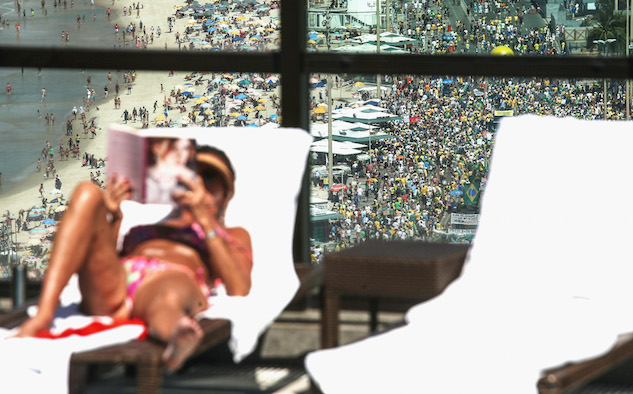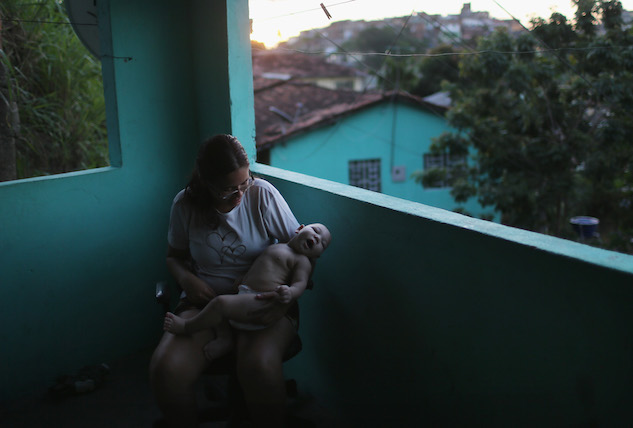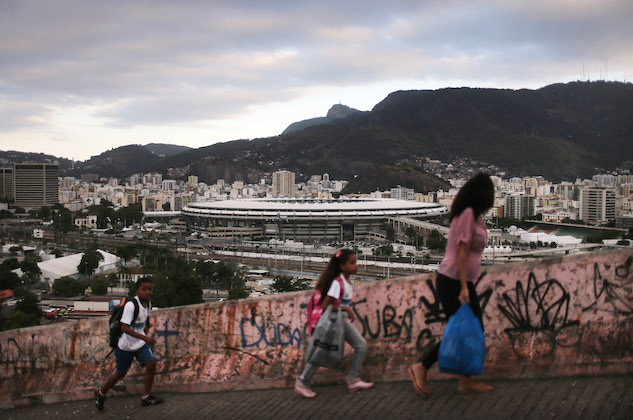Interview: Photographer Mario Tama on Capturing the Spectacular and the Unseen in Rio de Janeiro
"Nothing is quite as beautiful or as terrible as it first appears."
Photos courtesy Mario Tama/Getty Images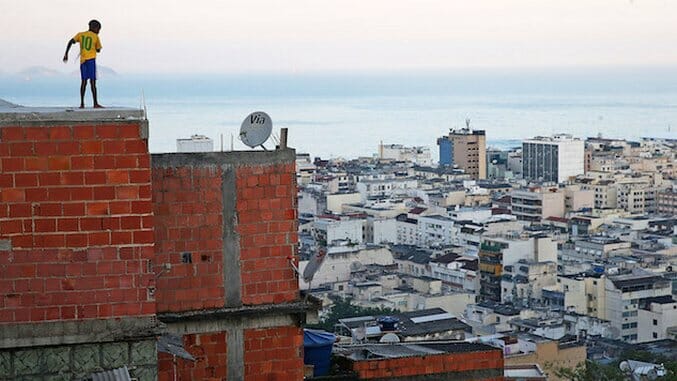
If you’ve been paying attention to Brazil over the past few years—and certainly the past few months—chances are you’re familiar with Mario Tama’s work.
Tama, an Emmy Award-nominated staff photographer for Getty Images, has been based in Rio de Janeiro since 2013. In that time he’s covered everything from deforestation in the Amazon to the political upheaval caused by the impeachment of President Dilma Rousseff.
Since joining Getty Images in 2001, Tama has covered the terror attacks of September 11th, the wars in Afghanistan and Iraq, and the 2010 earthquake in Haiti. He was one of the first photographers on the ground in the aftermath of Hurricane Katrina.
He spent five years documenting the renewal and rebirth of New Orleans, a project which culminated in his first monograph, “Coming Back: New Orleans Resurgent.” The book features a foreword by Anderson Cooper; all royalties from the book are donated to the nonprofit New Schools for New Orleans.
Paste sat down with Mario to understand what it’s like to portray a city preparing for its moment in the spotlight at a time of intense social upheaval. Tama spoke with humility and gratitude for the people and communities that have welcomed him into their lives. He retells stories with the emotion and empathy of someone who connects deeply to what he photographs and who believes in the power of photojournalism to create meaningful change.
Hello, Mario. Thanks for speaking with Paste. Let’s start by talking about your background. How did you become interested in photojournalism?
 When I was growing up, my father always had cameras lying around the house, and my grandfather was very into photography. I remember visiting my grandfather’s house and going through these incredible old black and white photos that he had taken throughout Europe. Seeing him and my grandmother at this loving young age, I became struck by the power of photography. I was so fortunate that they allowed me to experiment with these different cameras and that my father really encouraged me to shoot pictures.
When I was growing up, my father always had cameras lying around the house, and my grandfather was very into photography. I remember visiting my grandfather’s house and going through these incredible old black and white photos that he had taken throughout Europe. Seeing him and my grandmother at this loving young age, I became struck by the power of photography. I was so fortunate that they allowed me to experiment with these different cameras and that my father really encouraged me to shoot pictures.
My family went to the National Parks and all these crazy places out West. I was shooting the whole time and I remember coming back and developing the film and being amazed at the power of the memories from these images. I was also lucky that my high school had a photography program with a full darkroom and photography classes, so I started working for the high school newspaper and yearbook. And that was it—I became completely hooked.
You once said in an interview that working as a photojournalist allows you to experience “the kaleidoscope of human existence.” Can you explain what you meant by that?
I think what I meant was—what we see as photojournalists is often quite surprising: even in the midst of the worst tragedy or the worst living conditions, throughout the world we still see that people have hope, joy, music, and laughter. We see that humans have this incredible resilience and spirit, in spite of and especially when there are steep challenges facing us.
That’s one of those things that photojournalists see that perhaps most humans don’t ever get to see. I remember this over and over again—in the days after Hurricane Katrina, when people barely had food or water, New Orleanians were still making jokes, laughing, trying to sing songs with each other. It’s like a communal way of getting through hardship.
-

-

-

-

-

-

-

-

-

-

-

-

-

-

-

-

-

-

-

-

-

-

-

-

-

-

-

-

-

-

-

-

-

-

-

-

-

-

-

-



